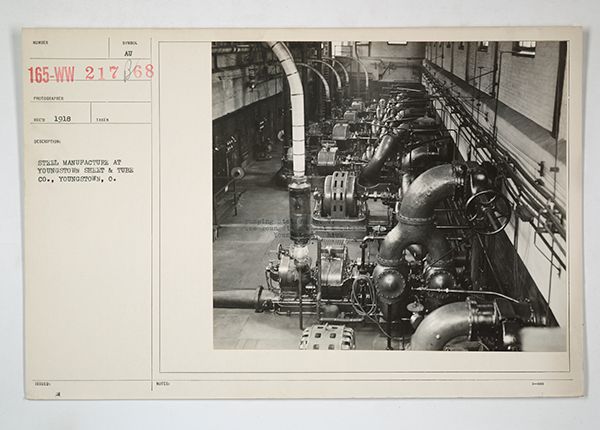Summary
During the Korean War, there was a labor dispute between steel workers and steel mill operators. President Truman used an executive order to take control of the steel mills and ensure the continued production of steel during wartime. Youngstown and other steel mill operators challenged the President’s executive order, claiming that Truman’s action was an executive overreach because it was not authorized by statute. The Supreme Court held that the President had acted unconstitutionally because neither Congress nor the Constitution gave him the authority to seize the steel mills. In his influential concurrence, Justice Jackson described a three-category framework for analyzing separation of powers conflicts between the President and Congress. This key opinion took further steps toward defining the constitutional limits on executive orders and the boundaries between the branches of government.







